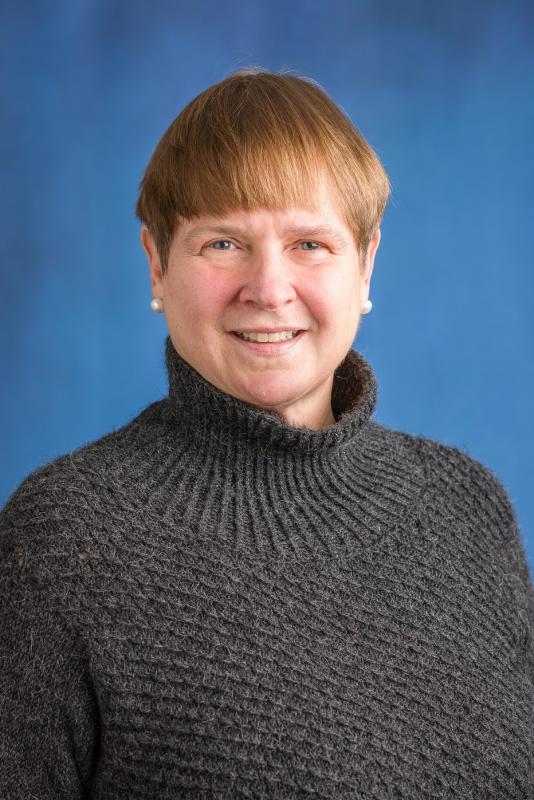Retirement Planning: It’s more than just having your financial house in order
A recent program presented by The Hartford entitled Helping Clients through 8,000 days of Retirement suggested an interesting approach to thinking about one’s retirement years, and the careful planning for it that should take place. For many, the primary preoccupation is whether they will have enough financial resources; every day I hear people express the concern that they not “outlive their money”, an understandable concern.
The presentation was based on work done at the MIT Age Lab, which works with financial services companies to help inform the work of retirement planning, in addition researching and finding ways to address other areas related to the physical, mental and emotional aspects of aging.
The presentation included a review of the first 8,000 days of one’s life, focused on education; the second 8,000 days focused on growing as a person; the third 8,000 days focused on maturing and the final 8,000 days focused on exploring, which coincides with what for many as retirement years. 8,000 days is about 22 years, so retirement comes in this model around age 66.
Initial retirement years tend to be dominated by several factors that change over time; relatively good health and increased unscheduled time.
Often there are psychological issues that come from having more free time, so thinking ahead about how one plans to spend time is important; for many, travel and spending more time with family and on hobbies is part of the plan. For some, this involves moving to another part of the country to be closer to the ocean, or the mountains, or to children or grandchildren. These choices involve financial considerations as well, of course, but also can lead to a different lifestyle than the one to which one may have been accustomed before retirement and therefore require adjustment.
Health issues play a role more and more as the years progress, so thinking about how one will adapt to these changes and possible challenges is appropriate, too.
The recent pandemic taught us that social isolation can be detrimental to one’s health. Planning for maintaining a healthy or even robust social life is important.
For the presentation, planning for later years of retirement, these issues boiled down to three questions: How will you change a light bulb? How will you get an ice cream cone? With whom will you have lunch?
Each one is remarkably insightful. Maintaining a household is more than just being able to afford it the way you live in it now. When you can’t get on a ladder to change a lightbulb or clear a gutter, do you have access to (and perhaps can pay for) someone else to do it? This kind of question can lead to decisions about downsizing or moving to places where that kind of maintenance is provided.
The question about ice cream cones related to mobility; when you are not able to drive, how will you get an ice cream cone? If you remain ambulatory, how far would it be to walk? Driving ability plays a very large role in many retiree’s quality of life and choices.
Lastly, with whom will you have lunch? This points to the issue of social connections. For many, initial retirement means having lunch with a spouse or life partner instead of having lunch with coworkers, clients or at one’s desk. People can also have a social network through work that they lose touch with in retirement. This may suggest to us that we need to build a new social network, or work on another one we already have to help us maintain social connections. However, given the longevity difference between men and women, there are many women who outlive male spouses or partners and have to learn to build a social network that they might not have had while their spouse or partner was still living. Of course, the same can be true for men. Building and constantly nurturing a social network can help to provide the kind of social connections that are beneficial to us as we age no matter what gender.
So yes, not outliving your financial resources is very important, but so are other aspects of our lives in retirement that require thoughtful, careful and intentional planning. A conversation with your financial advisor could be helpful to access some of the resources in your community to help you plan what could be the best 8,000 days of your life.
About this blog:

Sarah Ruef-Lindquist, JD, CTFA
Sarah believes sound, thoughtful planning is a gift we give ourselves, our families and our community.
She is a lawyer and seasoned non-profit executive who has worked with dozens of organizations, individuals and families as a philanthropic advisor and senior trust officer. She holds the Certified Trust and Fiduciary Advisor certification and FINRA Series 7 and 66 registrations through Commonwealth Financial Network. Sarah and her husband live in Camden. The Financial Advisors of Allen Wealth Management are Registered Representatives and Investment Adviser Representatives with/and offer securities and advisory services through Commonwealth Financial Network (R), Member FINRA/SIPC, a Registered Investment Adviser. Allen Insurance and Financial, 31 Chestnut Street, Camden, ME 04843. 207-236-8376.




















